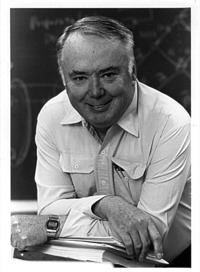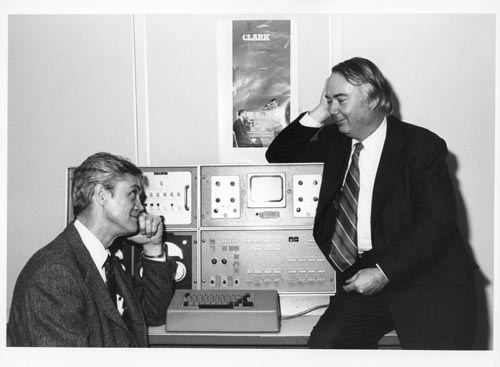Name Charles Molnar | Role Computer researcher | |
 | ||
Died December 13, 1996, Sunnyvale, California, United States Education Massachusetts Institute of Technology | ||
Paris france i love trains by charles molnar
Charles Edwin Molnar (1935–1996) was a co-developer of one of the first minicomputers, the LINC (Laboratory Instrument Computer), while a graduate student at the Massachusetts Institute of Technology (MIT) in 1962. His collaborator was Wesley A. Clark.
Contents

The LINC originated decades before the advent of the personal computer. Its development was the result of a National Institutes of Health (NIH) program that placed 20 copies of an early LINC prototype in selected biomedical research laboratories nationwide. Later, the LINC was produced in greater numbers by Digital Equipment Corp. and other computer manufacturers. Later he was on the faculty of Washington University in St. Louis.
Charlie Molnar was also well known as a pioneer in the modeling of the auditory system, especially numerical models of the function of the cochlea (the inner ear).
When he died in 1996, he was working at Sun Microsystems on asynchronous circuits with Ivan Sutherland.
Molnar received a bachelor's degree (1956) and a master's degree (1957) in electrical engineering from Rutgers University, where he was a member of the Cap and Skull Society, and received a doctoral degree (1966) from MIT in electrical engineering.
Important publications
Molnar's significant publications included the following:
